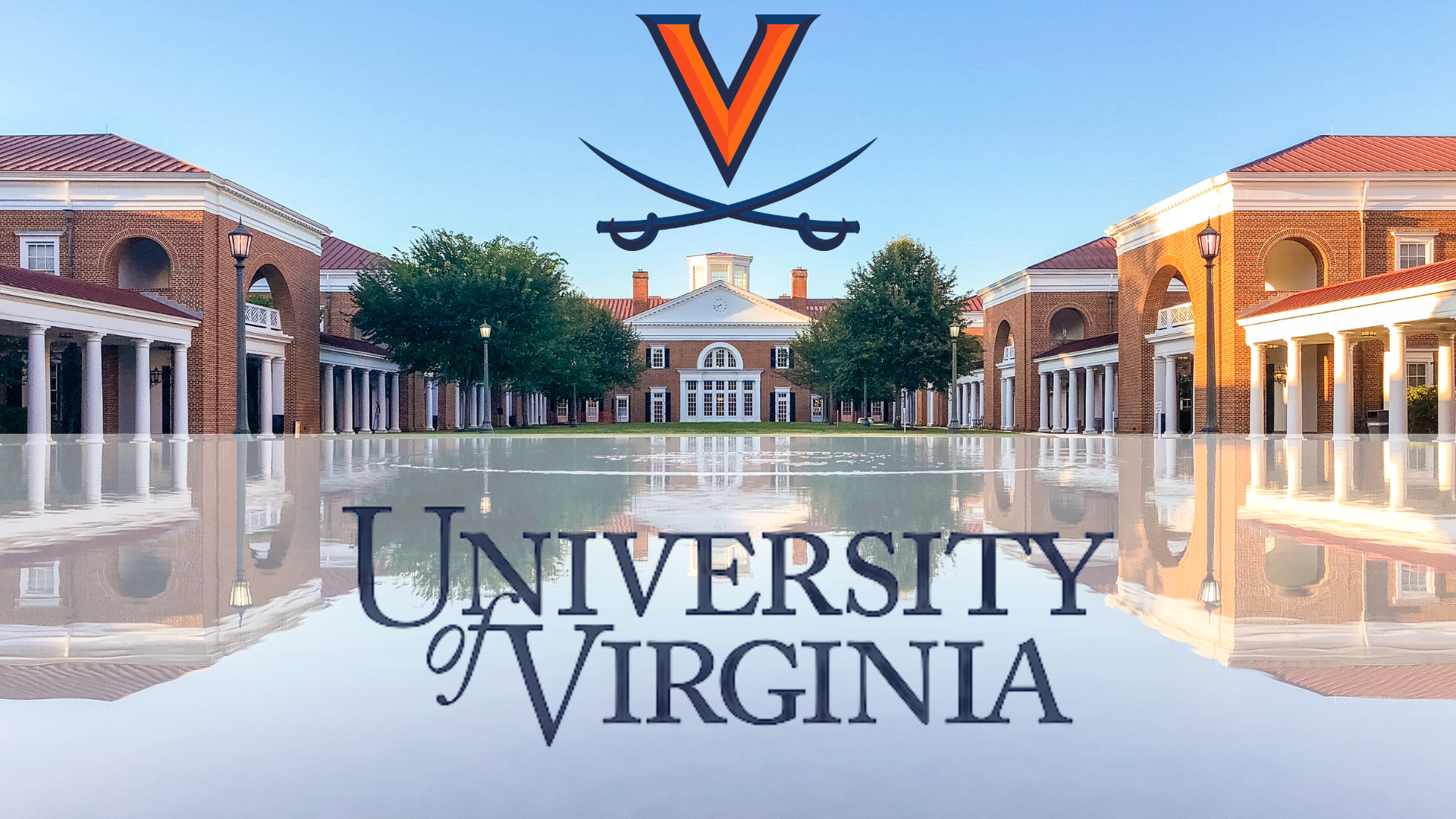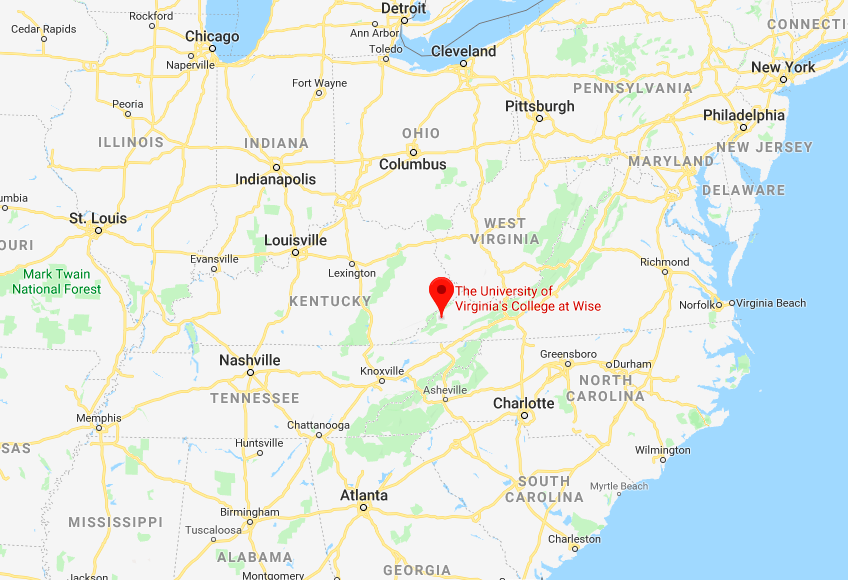 University of Virginia has revealed its new required short essay question for first-year applicants during the 2023-2024 admissions cycle, and unlike questions asked in past years, this one is quite a head-scratcher.
University of Virginia has revealed its new required short essay question for first-year applicants during the 2023-2024 admissions cycle, and unlike questions asked in past years, this one is quite a head-scratcher.
All first-year UVA applicants must complete an essay in up to 300 words responding to this new prompt:
What about your background, perspective, or experience will serve as a source of strength for you or those around you at UVA?
Those students applying to UVA’s School of Nursing also are being asked to respond to this prompt in no more than 250 words:
Describe a health care-related experience or another significant interaction that deepened your interest in studying Nursing.
The new required question for all applicants is clearly leading in nature and developed by committee in order to elicit responses that highlight prospective students’ diversity; yet, the way in which the question is being asked seems somewhat complex while also opening applicants – and the university itself – to a number of challenges.
Most notably, applicants need to balance describing a particular background, perspective, or experience AND how it will strengthen them or will strengthen others during their time at UVA. That’s a lot to ask for in 300 words and still expect to get much depth.
Many perspectives and experiences require quite a bit more than one sentence to describe, which will leave limited space to elaborate upon how such a perspective or experience will strengthen the student or others if and when the student arrives on campus. This may lead many applicants to opt to focus on their background instead of a perspective or experience, but those who do will need to focus less on the background and more on how it has served to date or will serve in the future as a source of strength for them or others.
One wonders why UVA doesn’t just ask a far more user-friendly question like, “What lesson from your past will help you thrive in or give back to the UVA community?” A potential reason that students are not getting a clearer or more direct question this cycle may be because a particular faction on the committee that developed UVA’s new short essay question felt that UVA had to explicitly mention “background” and “source of strength” in one question in order to align the university with President Biden’s suggestion to colleges to assess applicants for admission based on previous adversity faced now that The Supreme Court of the United States has ruled that affirmative action is illegal in the college admissions process, and those with the final say at UVA wanted to underscore that they see one’s race as ripe for discussing adversity faced and thus strengths developed.
Yet, because The Supreme Court of the United States has ruled that college applicants can’t be admitted on the basis of racial background, UVA admissions officers will need to be very careful to build their internal assessment rubric for student responses to this prompt around students’ ability to communicate clearly and effectively about the INFLUENCE of the background, perspective, or experience on them or potentially others rather than on the choice of background, perspective, or experience itself. Black students, for example, can’t legally be rewarded or punished by UVA for selecting their race as the background that will give them or others strength; therefore, it should also be the case that pro-traditional family students shouldn’t be rewarded or punished for selecting a natalist perspective to write about, environmentalist students shouldn’t be rewarded or punished for sharing their perspective on protecting Earth’s limited resources, right wing students shouldn’t be rewarded or punished for sharing a nationalist perspective they developed from which they draw strength, and left wing students shouldn’t be rewarded or punished for sharing a socialist perspective that they’ve developed from which they draw strength. Instead, the essays should be assessed entirely on whether the student articulately and compellingly conveys HOW their background, perspective, or experience will give them or others strength during their time at UVA.
Interestingly, giving students the chance to focus on a source of strength for themselves OR a source of strength for others also adds a degree of essay content variability that may make the essays produced in response to this question quite hard to compare to each other. Maybe that’s the point? While I certainly wish students good luck as they draft their responses, I also wish UVA admissions officers good luck with adhering to the law, internal directives, and their consciences when assessing these essay responses as part of their holistic review process.
Gone are the days when the powers that be at UVA asked about applicants’ favorite word or happy place – just a few weeks after The Supreme Court ruled that colleges may not admit students on the basis of race (background) and that essays may not be used to maintain the old unconstitutional affirmative action regime. As Alanis Morissette once asked, “And isn’t it ironic…don’t you think?”
For advice on how to make the most of UVA’s current supplemental essay prompt(s) and get into UVA, watch my new full “How to Get into University of Virginia” video below. Again, good luck!
Highlights Discussed in Above Video:
How to Build a Strong Foundation
Those serious about getting into UVA will first read my article “How to get into the Ivy League – Ethically.” While UVA is not officially an Ivy League school, its out of state acceptance rates prove that it’s certainly one of the most difficult colleges to get into in the United States. When you apply to UVA, you are competing against other high achieving students. This article sets the table for how to maximize one’s chances of getting into any highly selective college or university:
How to Differentiate Your Accomplishments
While you must fill out the Activities page on the application, you should also take my How to Build an Extraordinary Extracurricular Resume short course in order to learn how you can share even more about the depth and breadth of your extracurricular accomplishments since you started high school.
Bonus: How to Differentiate Your Common App Essay
Best & Worst Common App Essay Prompts
Most & Least Popular Common App Essay Prompts





